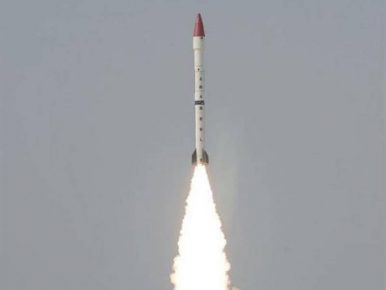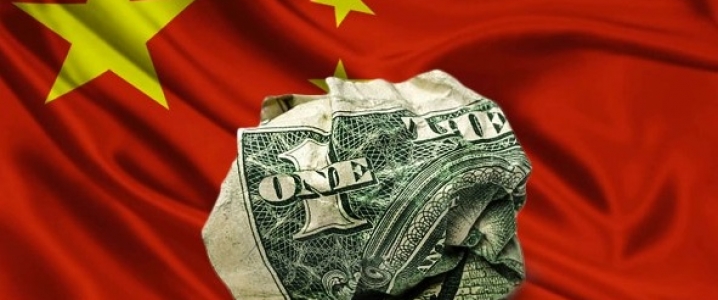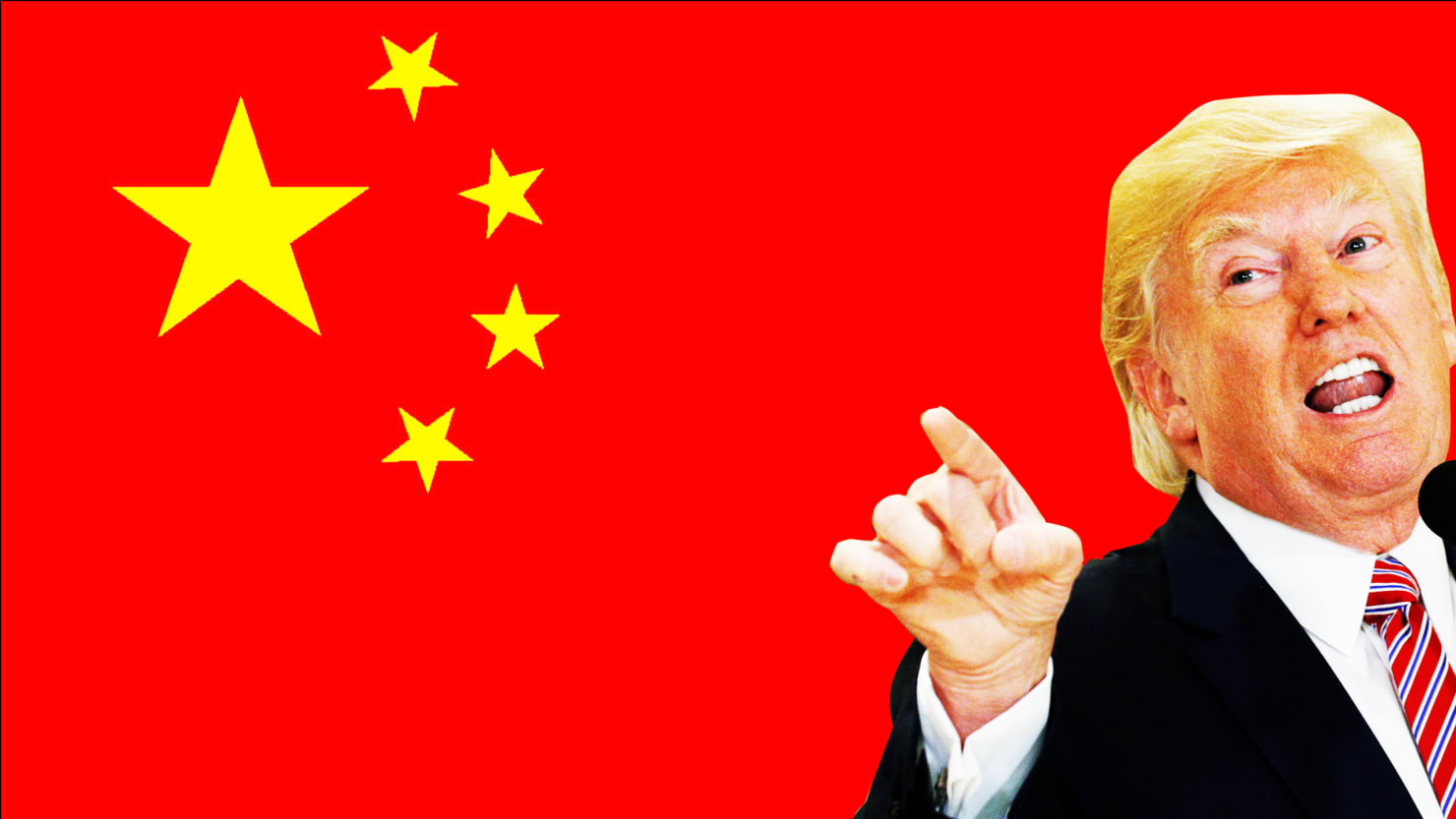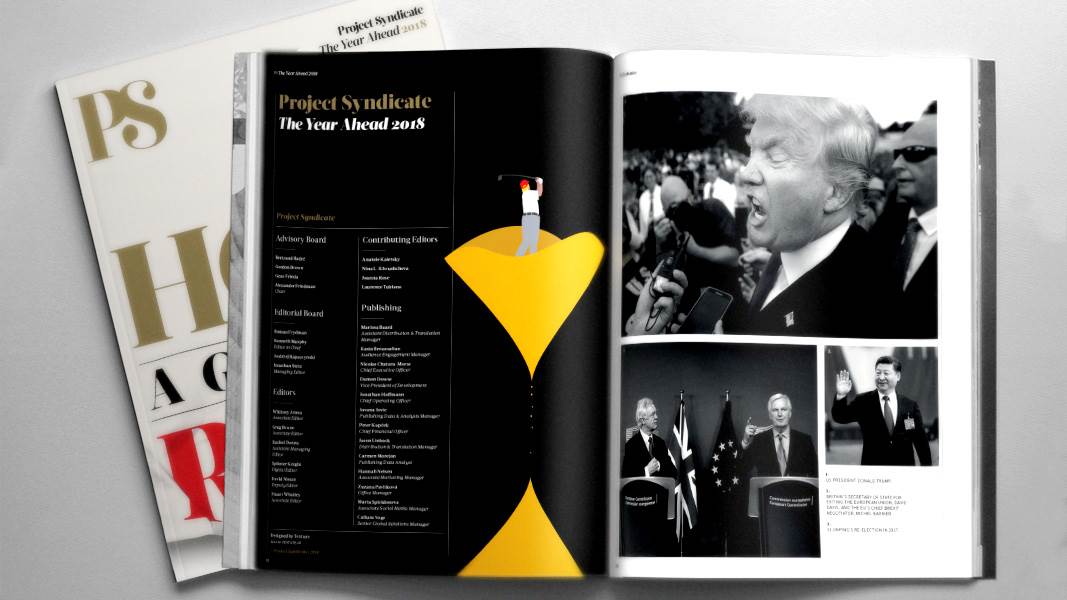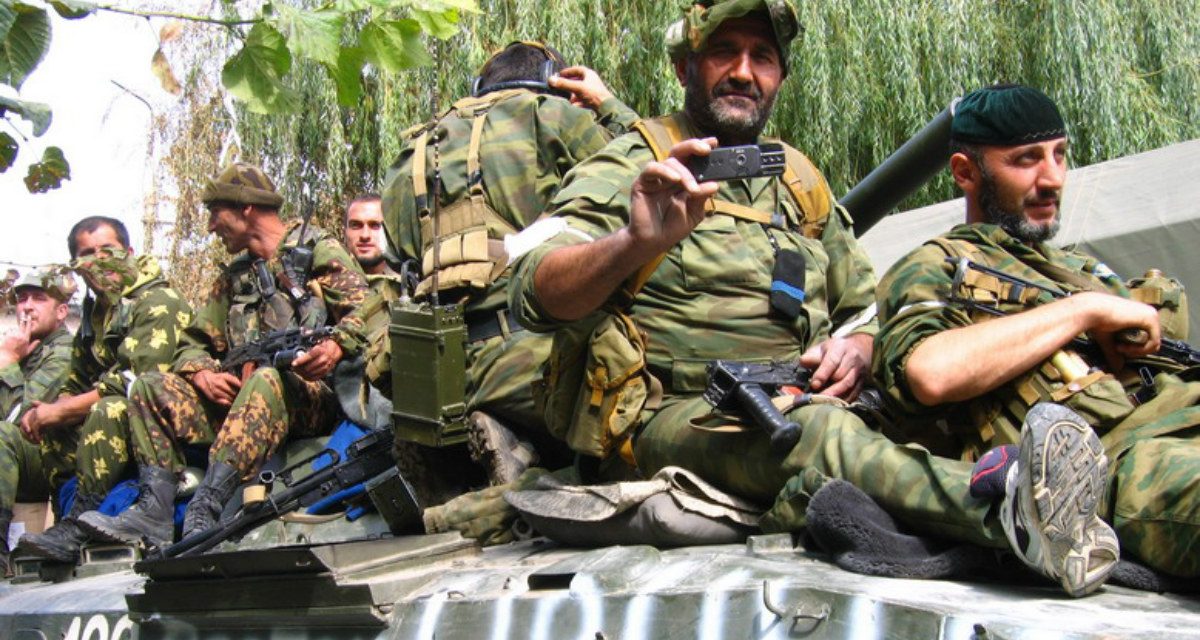March 28, 2018
A United Kingdom-based whistleblower, who is at the centre of a storm over alleged data breaches by Cambridge Analytica, on Wednesday posted information on social media that claims to expose the British consultancy’s work in India dating back to 2003.
Christopher Wylie, a former employee of CA, had told MPs during his evidence before the UK Parliament’s Digital, Culture, Media and Sport Committee on Tuesday that the company had worked “extensively” in India and that he believes Congress was one of its clients.
In a post on Twitter on Wednesday, the 28-year-old also named the Janata Dal-United as a client during the 2010 Bihar elections and brought up some caste surveys carried out in Uttar Pradesh by SCL India -- the parent company of CA.
“I’ve been getting a lot of requests from Indian journalists, so here are some of SCL’s past projects in India. To the most frequently asked question -- yes SCL/CA works in India and has offices there. This is what modern colonialism looks like,” Wylie tweeted.
His message includes documents which indicate that SCL India boasted a database of “over 600 districts and 7 lakh villages, which is constantly being updated”.
Its reach in India is said to include a head office in Ghaziabad, with nine regional offices in Ahmedabad, Bangalore, Cuttack, Guwahati, Hyderabad, Indore, Kolkata, Patna and Pune.
“SCL India was asked to provide research and strategy for the 2010 State Elections for the Janata Dal-United. SCL undertook a behavioural research programme targeting over 75 per cent of households to assist the client in not only identifying the correct battlegrounds, but also the right audiences, messages and most importantly the right castes to target with their campaigns,” Wylie’s document notes.
The JD-U went on to win the 2010 state elections as part of an alliance with the National Democratic Alliance.
